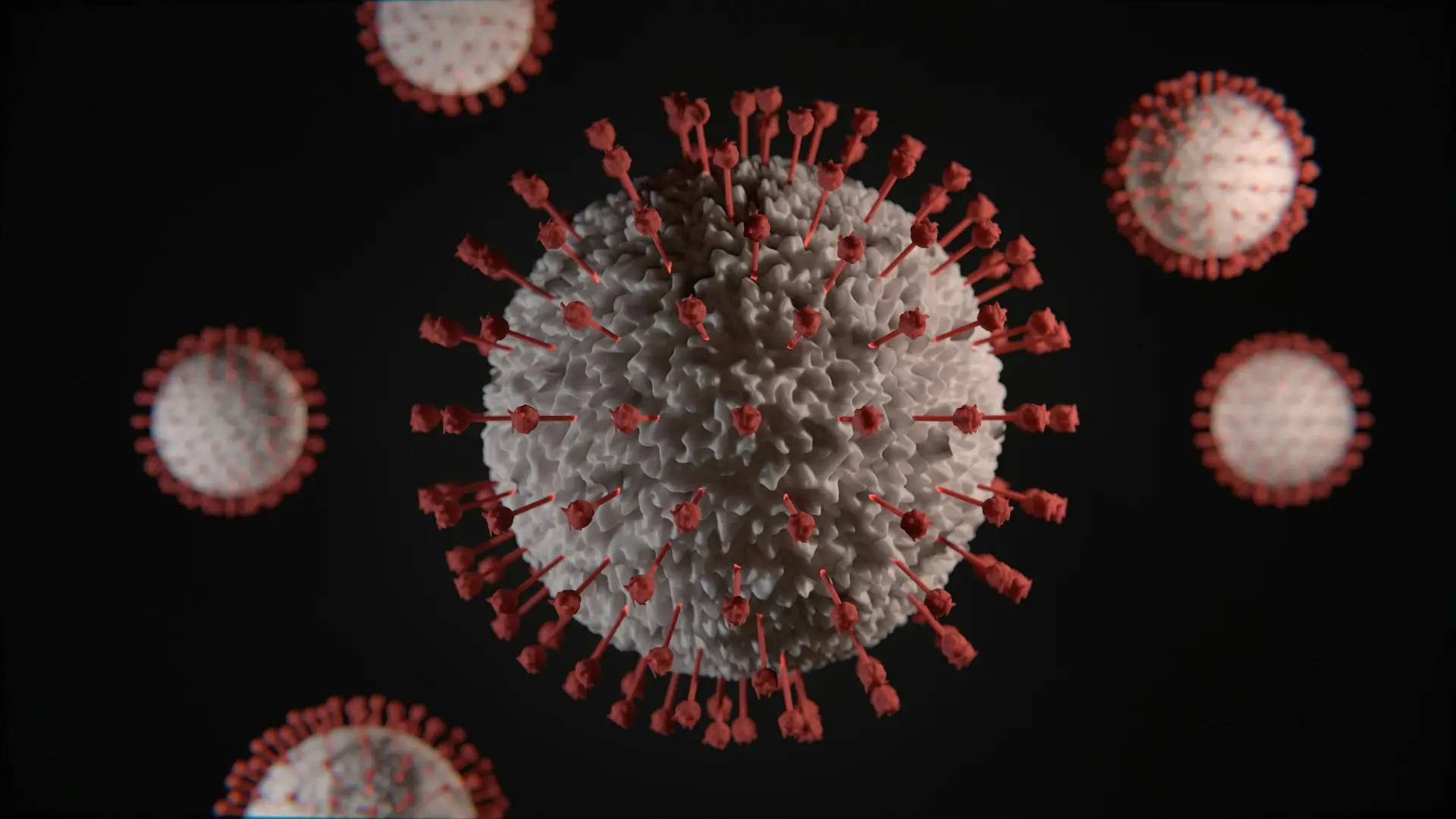
The Role of Next-Generation Sequencing (NGS) in Plaque Analysis
Next-generation sequencing (NGS) has revolutionized microbiome research by enabling high-throughput analysis of DNA and RNA from plaque and saliva samples. In dentistry, this means:
- Identifying all microbial species present, not just those that can be cultured
- Quantifying abundance of pathogenic vs. beneficial bacteria
- Tracking how microbial populations change over time or after treatment
For example, NGS can detect early overgrowth of bacteria like Porphyromonas gingivalis or Tannerella forsythia, which are known contributors to periodontitis—even in asymptomatic individuals.
Example Use Case: Microbiome-Based Risk Scoring
Let’s say a dentist collects a plaque sample and sends it for NGS. The sequenced data is analyzed using a machine learning model trained on thousands of oral microbiome samples. The output might include:
- Detection of high levels of Treponema denticola and Fusobacterium nucleatum
- Low microbial diversity (a known marker of dysbiosis)
- Prediction: 85% likelihood of moderate periodontitis within 6–12 months
Based on this, the dentist might recommend a targeted antimicrobial rinse, dietary changes, and frequent hygiene visits.
🛠 Bioinformatics Tools Powering the Future of Dental Care
| Tool | Function | Application in Dentistry |
|---|---|---|
| QIIME 2 | Microbial diversity & taxonomy | Comparing healthy vs. diseased plaque samples |
| Kraken2 | Taxonomic classification | Identifying specific bacteria in plaque |
| HUMAnN | Functional pathway analysis | Linking bacteria to metabolic and inflammatory pathways |
| Scikit-learn / XGBoost | Machine learning models | Predicting gum disease from microbial data |